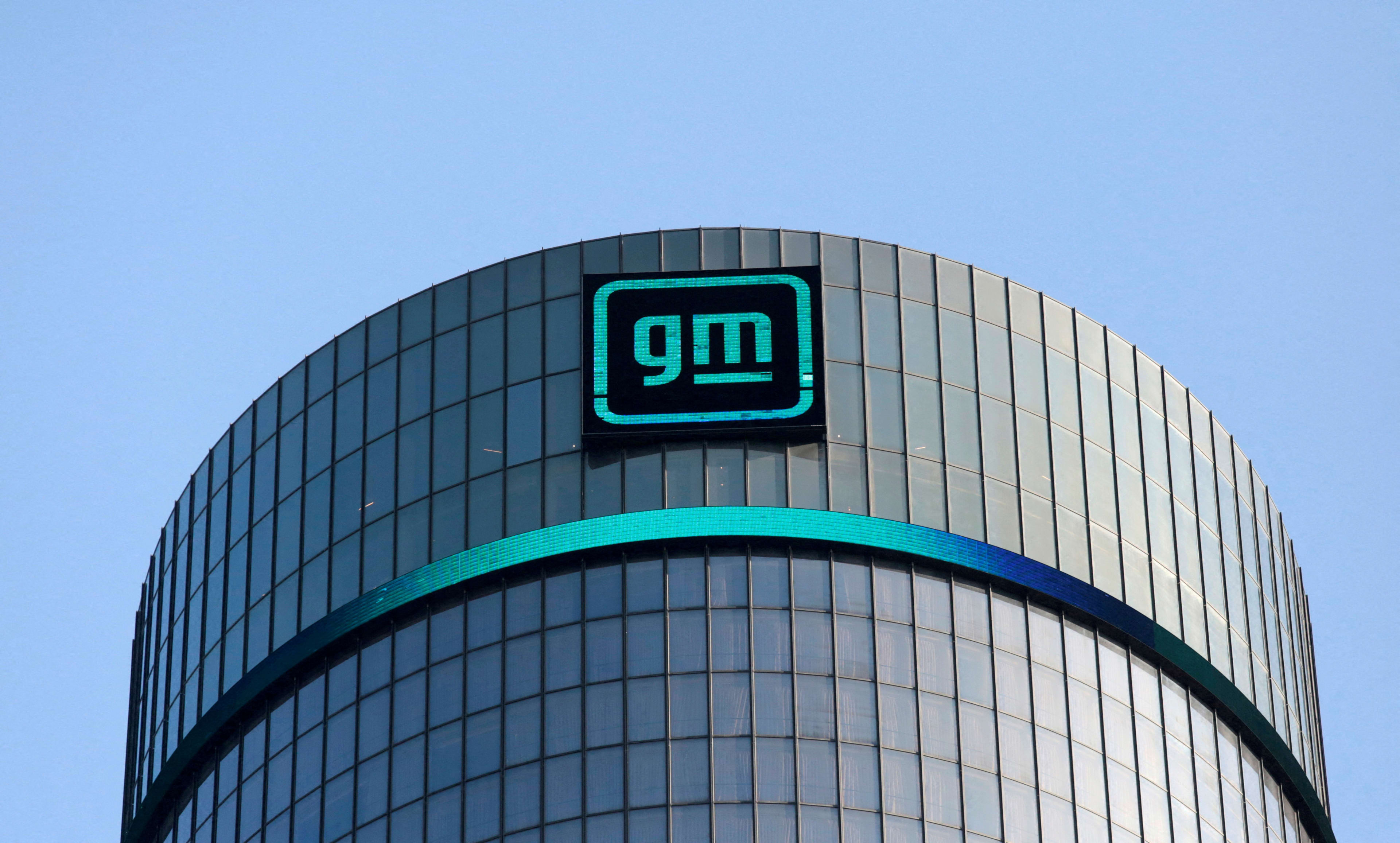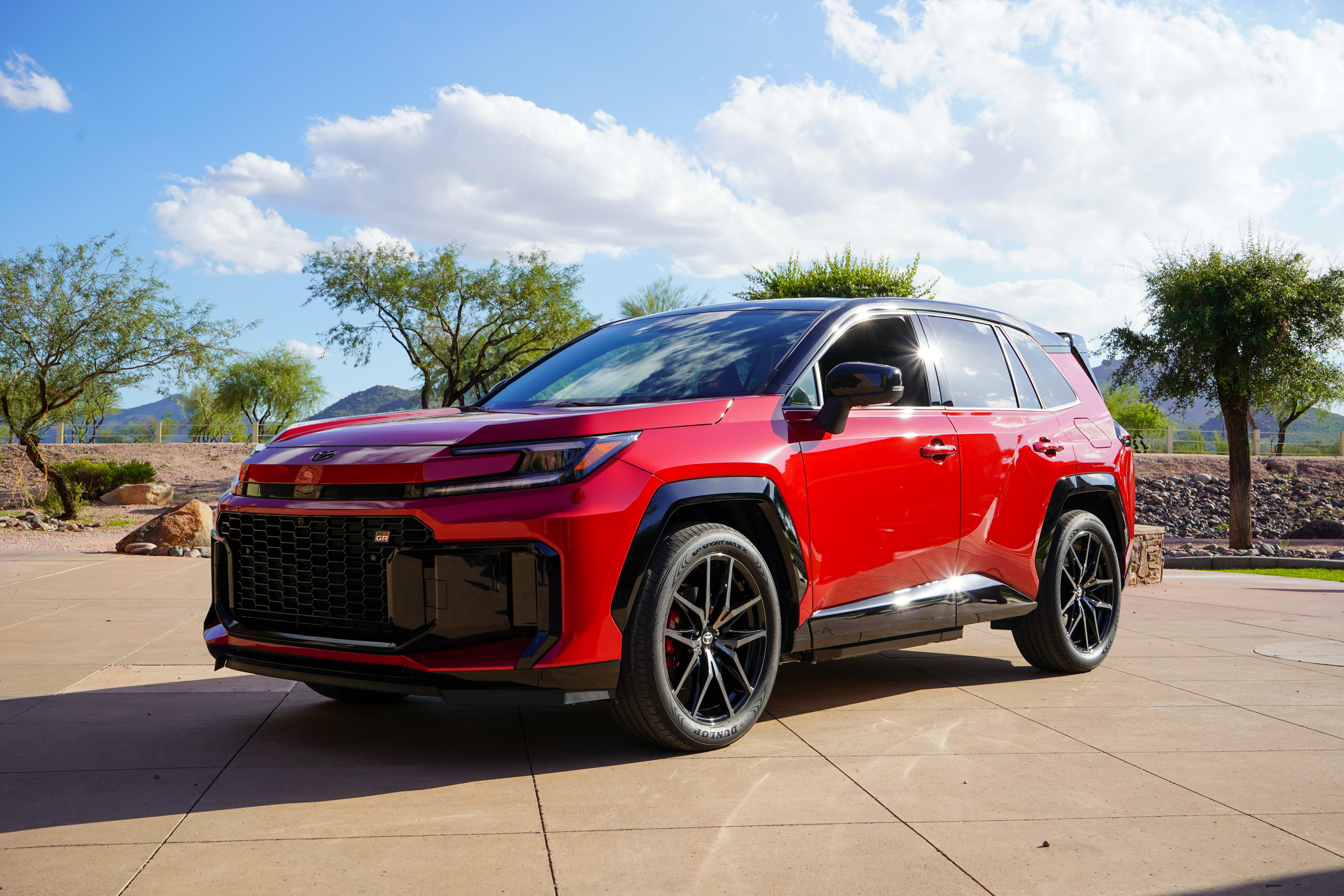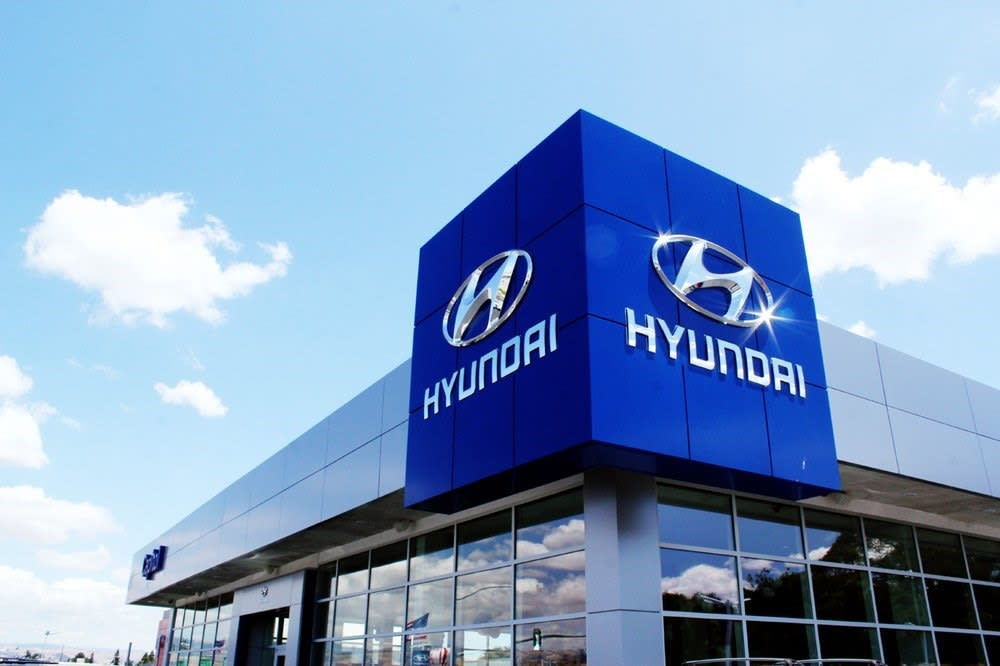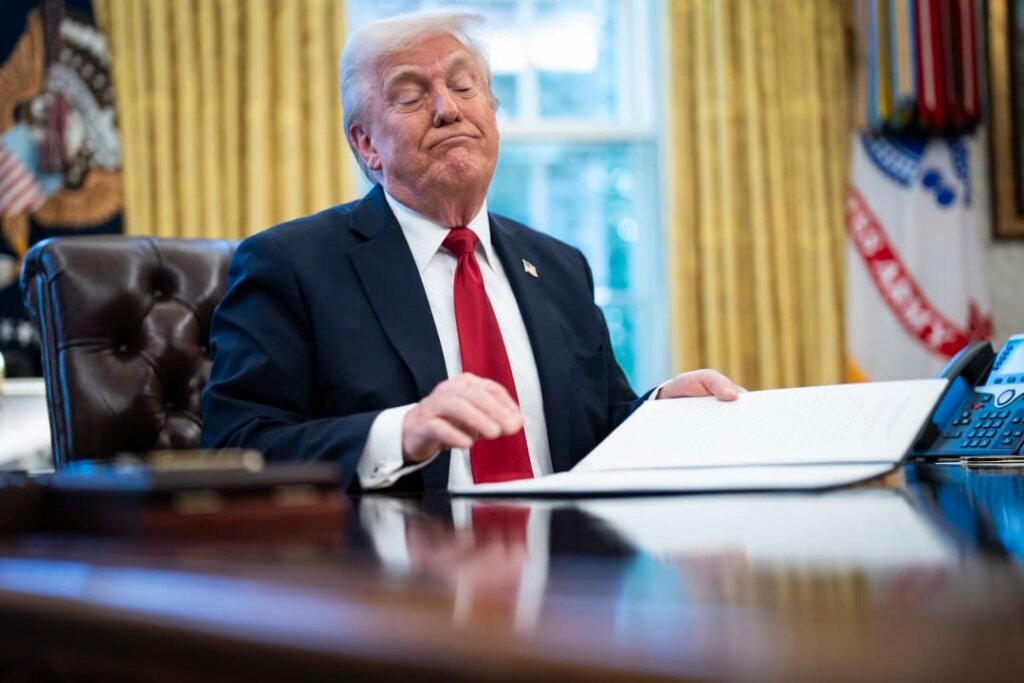Trump Tariffs Are Driving Up Car Costs, Consumers to Feel the Pain Soon as Automakers Absorb Billions
As automakers report their third-quarter earnings, a looming financial challenge comes into sharp focus: the rising costs from Trump tariffs on imported autos, parts, and key metals like aluminum and steel. Automakers have collectively absorbed an estimated $10.6 billion in duties through October, but industry analysts warn that these costs are unsustainable. While consumers have largely been shielded so far, experts predict sticker prices for new vehicles will start increasing in the 2026 model year, leading to “slower sales” and a “modest decline” in the auto market. The ongoing tariff uncertainty is also creating a “confusing mess” for industry planning, potentially delaying crucial U.S. manufacturing investments.

The Mounting Tariff Bill for Automakers
Manufacturers are grappling with billions in tariff costs, which are now poised to impact consumers.
- Significant Financial Burden: Automakers were expected to collectively foot a bill of $10.6 billion in duties through the end of October.
- Scope of Tariffs: These duties apply to imported autos and auto parts, as well as critical metals like aluminum and steel from various sources, including Canada and Mexico.
- Manufacturer Absorption: So far, companies like GM have largely absorbed these higher tariff costs, as highlighted in GM’s recent earnings report.
- Impending Price Hikes: Experts warn that as the industry moves into the 2026 model year, “sticker prices will start going up.”
- Consumer Impact: This could translate into “slower sales” due to “sticker shock,” as new vehicle prices are already at near-record levels.

How Tariffs Affect Vehicle Prices
The impact of tariffs extends beyond just imported finished vehicles.
- Foreign-Made Vehicles: Directly subject to tariffs that can be 25% or higher.
- Domestic Models Affected: Even U.S.-made vehicles, such as the Toyota RAV4 assembled in Kentucky, are hit because they use “plenty of foreign-made parts and components.”
- Average Cost Increase: This adds up to an average of $2,000 on U.S.-made SUVs, according to the Anderson Economic Group (AEG).
- Limited Relief: A recent 3.75% rebate on domestic models offered by the president “falls far short of covering the entire tariff bills” faced by automakers.
- No Line Item: Consumers won’t see a direct “line item for tariffs” on vehicle window stickers, but the price increases will be embedded in the overall cost.

Market Reactions and Future Outlook
The tariffs are creating uncertainty and are expected to shift market dynamics.
- Skepticism on Absorption: While automakers claim to be absorbing costs, industry analysts are skeptical that this can continue indefinitely, with some European brands like BMW already hiking prices.
- “Pull Ahead” Sales: Recent increases in U.S. auto sales (annualized rate of 16.4 million) are partially attributed to “pull ahead” buying, where consumers purchase vehicles anticipating future price hikes.
- Projected Decline: Cox Automotive expects tariffs to result in a “modest decline during the final quarter of 2025,” possibly accelerating in 2026, leading to “prices will rise and volumes will decline.”
- “Confusing Mess”: Industry executives describe the tariff situation as a “confusing mess,” making it “difficult to plan ahead due to uncertainty about tariffs.”
- Impact on U.S. Investment: The confusion works against the stated goal of promoting U.S. manufacturing. While some firms are increasing American operations, others, like British SUV maker Ineos, are delaying U.S. plant approvals due to trade policy uncertainty. This could lead to key decisions impacting U.S. investments and jobs being put on hold, and contribute to rising parts and materials shortages.

Final Thoughts
The increasing burden of Trump-era tariffs is on the verge of directly impacting car buyers, as automakers can no longer fully absorb the billions in added costs. This impending rise in vehicle prices, combined with existing near-record levels, threatens to slow auto sales and create significant challenges across the industry. Beyond the immediate financial strain, the “confusing mess” of unpredictable trade policies is hindering long-term planning and discouraging vital U.S. manufacturing investments, ultimately undermining the very goals they were intended to achieve. Consumers should brace for higher costs, and the automotive industry must navigate this complex landscape with strategic caution.
Also Read – Jeep Recon EV Launches Spring 2026: CEO Acknowledges Sales Challenges for New Electric Off-Roader




Pingback: Trump Fuel Economy Rollback: Cheaper Cars Vs. Higher Gas Bills - Mechhelp